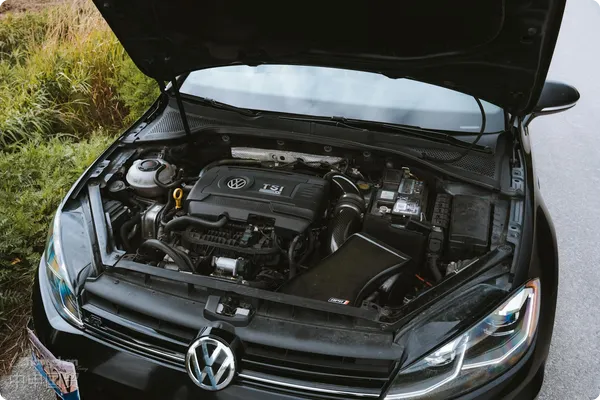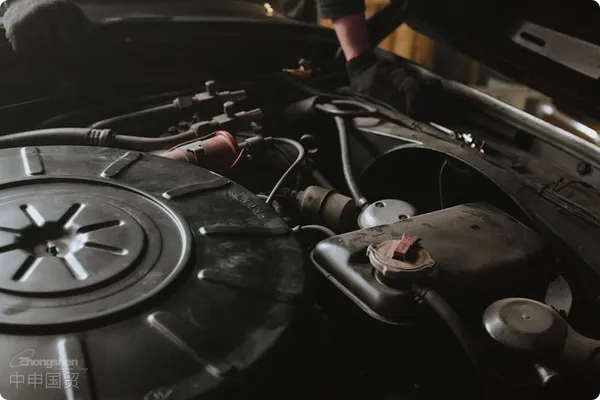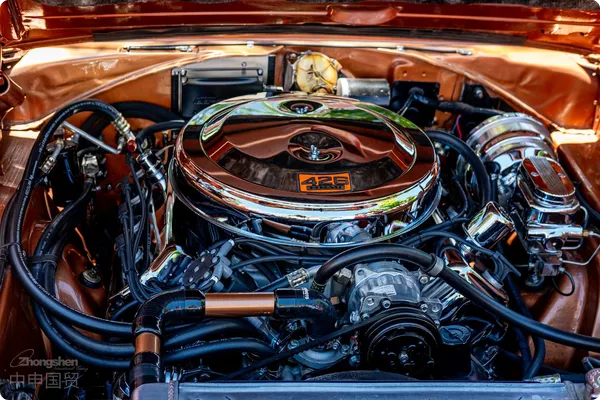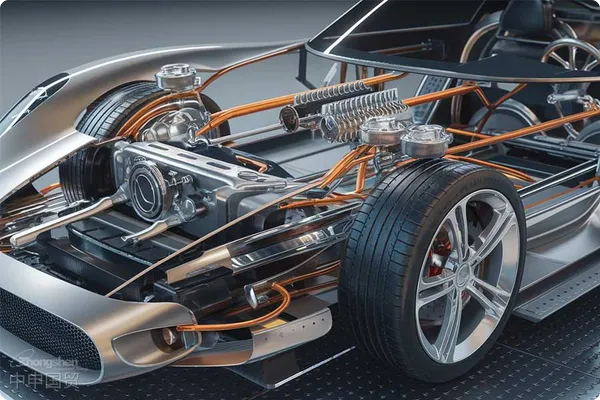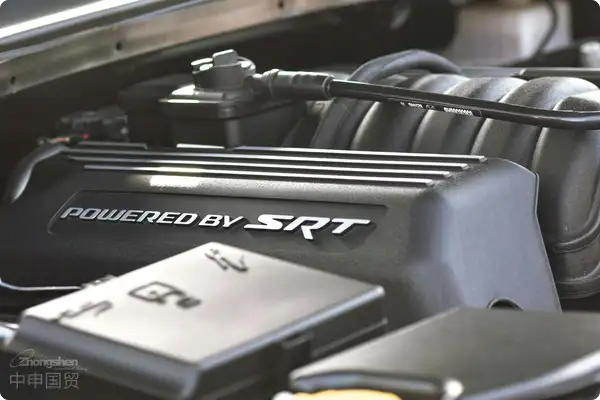- Shanghai Zhongshen International Trade Co., Ltd. - Two decades of trade agency expertise.
- Service Hotline: 139 1787 2118
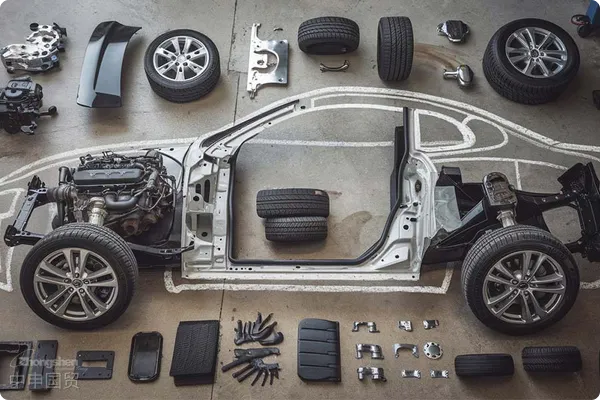
In todays era of economic globalization and deep integration of the automotive industry chain, Chinas automotive aftermarket has surpassed $1.3 trillion, with the proportion of imported parts continuing to rise. As a practitioner with 20 yearsAutomotive partsImport Representationof service experience, I have witnessed over 2,000 batchesGlobal Sourcingof complete processes, handled special customs supervision cases from 17 countries, and successfully helped 43 auto parts distributors establish overseas procurement systems. This article will provide an in-depth analysis of key aspects and practical points of auto parts import agency.
I. Global Auto Parts Supply Chain Dynamics and Procurement Strategies
The global auto parts procurement landscape exhibits distinct regional characteristics: OE parts from Southeast Asia are 18%-25% cheaper than domestic ones but suffer from quality fluctuations; European OEM parts carry a premium of up to 40% but offer absolute technical advantages; North American remanufactured parts lead in circulation efficiency, with cross-border transfers completed within 48 hours. Professional agencies help buyers balance quality-cost ratios by establishing dynamic pricing models. For example, in a German turbocharger procurement case, a Polish transit warehouse solution reduced overall costs by 12.7%.
Supply chain risk management requires a four-dimensional prevention system: supplier qualification reviews must verify IATF 16949 certification validity; order fulfillment monitoring must capture production progress data; logistics tracking must integrate with port IoT systems; quality control must adhere to VDA 6.3 standards. In a U.S.-brand spark plug procurement case, we issued a 30-day advance warning about a suppliers equipment upgrade plan, avoiding $830,000 in delivery delay losses.
Digital procurement systems now enable end-to-end visibility, with intelligent pricing engines synchronizing data from 34 international trading platforms. Blockchain traceability technology ensures immutable parts flow information. In aNew energyvehicle controller procurement project, system integration improved supplier response speed by 60% and reduced exception handling time to 4 hours.
II. Comprehensive Analysis of Core Import Agency Processes
Product selection positioning requires constructing a three-dimensional coordinate system: horizontally comparing SKU market saturation, vertically analyzing product life cycles, and comprehensively assessing technological iteration risks. In a Japanese transmission valve body procurement case, the product upgrade cycle was predicted using a lifecycle model, helping the client avoid 3 million yuan in stagnant inventory.
Compliance management is the lifeline of cross-border procurement, requiring the establishment of a four-tier compliance framework:It is recommended to verify through the following methods:Explicit audits must trace back to tier-three suppliers;3CCertification applications require complete EMARK testing documentation; environmental compliance must meet the latest revision of the EU ELV Directive; intellectual property filings must cover 34 customs recordation categories. In a German LED automotive light import case, completing DESADV pre-declaration in advance avoided port inspection delays, saving 7 working days.
Logistics solution design must consider multidimensional parameters: special components require customized shockproof packaging (e.g., shock absorber transport requiring G-value <3); precision electronic parts need constant-temperature containers (±2°C fluctuation); hazardous material transport requires ADR certification. In a hybrid battery pack transport project, a multimodal solution reduced damage rates from the industry average of 2.3% to 0.17%.
III. Cost Optimization and Risk Management Practices
Tariff planning requires building a three-dimensional model: HS code classification must be precise to 10 digits (e.g., distinguishing wipers under 8708 from 8709); FTA utilization rates should exceed 92%; deferred tax plans can save 17% cash flow usage. In a European bearing import case, the China-Switzerland FTA saved 14.6% in tariffs, with annual tax savings exceeding 2 million yuan.
Improving capital turnover efficiency hinges on creating a closed loop:Letter of CreditTerms should include a 15-day document submission period; forex hedging must cover 120-day payment terms; supply chain finance can release 70% of cargo rights early. In a U.S. brake pad procurement project, reverse factoring increased capital turnover to 1.8 times the industry average.
Quality dispute resolution must establish a four-step mechanism: AQL sampling within 48 hours of arrival; professional SGS reports as claim evidence; overseas inspectors supervising rework; legal teams preparing INCOTERMS claim clauses. In a Korean piston ring dispute, third-party testing identified casting defects, recovering 87% of losses.
At the 2023 industry transformation juncture, automotive parts import agency is evolving from traditional trade services to smart supply chain solutions. Professional agencies now serve as strategic global procurement partners beyond customs clearance. Buyers should establish long-term service evaluation systems, selecting partners based on response speed, exception handling, and cost optimization. With RCEP implementation and automotive chip localization accelerating, the next three years will usher in a new era of digitalized, specialized, and customized import agency services.
Related Recommendations
? 2025. All Rights Reserved. 滬ICP備2023007705號(hào)-2  PSB Record: Shanghai No.31011502009912
PSB Record: Shanghai No.31011502009912
